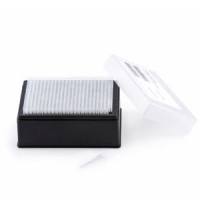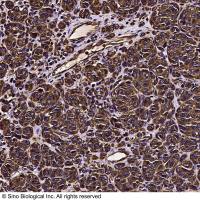Isolation of Novel +TIPs and Their Binding Partners Using Affinity Purification Techniques
互联网
585
Microtubule organization and dynamics are controlled by a large set of cellular factors. An important group of microtubule regulators is microtubule plus-end-tracking proteins (+TIPs), which accumulate specifically at the growing microtubule ends, affect different phases of dynamic instability, and link microtubules to various cellular structures. +TIPs include a very diverse set of proteins with widely different structural properties. One of the most conserved and ubiquitous +TIP families are end-binding (EB) proteins, which can track growing microtubule ends autonomously in the absence of any other factors. In contrast, the majority of other known +TIPs cannot recognize the growing microtubule plus ends on their own; instead, they “hitchhike” to the plus ends by interacting with one of the members of the EB family. Therefore, the association with EBs and the ability to track growing microtubule ends are tightly linked, and binding to the EBs can be used to identify new +TIPs. In this chapter, we describe two affinity purification techniques, glutathione S-transferase and biotinylation tag-based pull-down assays that proved to be very useful for the identification of new EB-interacting +TIPs and their binding partners by mass spectrometry. We also discuss cytological techniques that can be applied to confirm plus-end localization of newly identified proteins.









